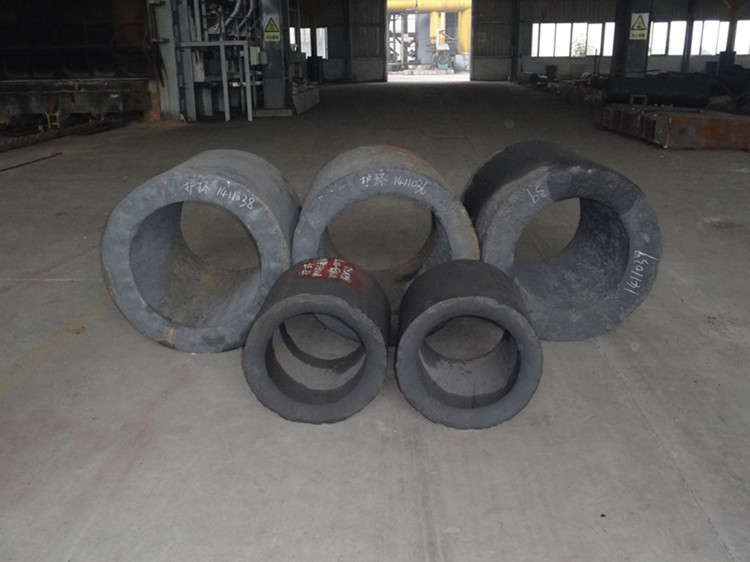- tyler@kirail.com
- +86 15603721115
China's large forgings still have many problems in quality control. Let's take a closer look at the problems with quality control of these forgings.
1. The measuring equipment required for quality control is not yet complete
Forging measurement includes process measurement and auxiliary measurement. Process measurement mainly monitors the process in the forging process, while auxiliary measurement measures some auxiliary factors in the forging process, such as size, position, and contour. The quality control of large forgings requires high-precision and high-stability measuring instruments, which is the only way to ensure the quality and efficiency of forging manufacturing and control. And our equipment still needs to meet the demand in this regard. The equipment and technology required for large forgings are high in precision and mature. Although our forging measuring equipment and instruments are constantly improving, they are still relatively backward compared with other developed countries. With the support of related equipment, it is easier to make breakthroughs in this field of technology. Therefore, it is crucial to introduce advanced equipment and promote equipment updates.

2. Reverse forging technology
The forging process of large forgings is an important factor affecting the quality of forgings. Good process technology can create large forgings with better quality. But compared with other developed countries, our forging technology still needs to be improved. Some forging plants have poor production environments, unguaranteed raw material quality, and low personnel quality, which are important factors causing backward process technology. In particular, the technical problems of production personnel are important factors in determining the quality of forgings. my country needs talents who can master high-end process technology, so it has not yet reached a high level in forging manufacturing. Science and technology are the primary productive forces. Only with technology can we not rely entirely on others, but constantly innovate, develop, and improve ourselves. Therefore, it is urgent to find ways to improve process technology.
3. The degree of data digitization is not high
The degree of digitization of forging-related data is not high, and it is impossible to query and analyze the quality of forgings
The relevant data of forgings include dimensional data before and after forging, various index data during the forging process, and data collected during forging measurement and inspection. Due to the lack of unified management and statistics of these data, the degree of digitization is not high, which is not conducive to the subsequent query, analysis, evaluation and prediction of forgings. Although some forging plants recorded these data at the time, they could not enter the database in time, and the processing was not timely, resulting in data lag. Some forging plants still need more talents and computer technology in this regard. Without the support of these talents and technologies, how can we achieve long-term development? Therefore, it is crucial to establish relevant computer system software, manage data in real time, and strengthen the training of relevant technical talents.